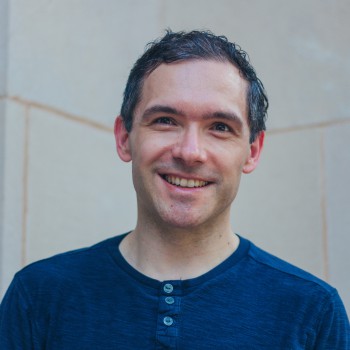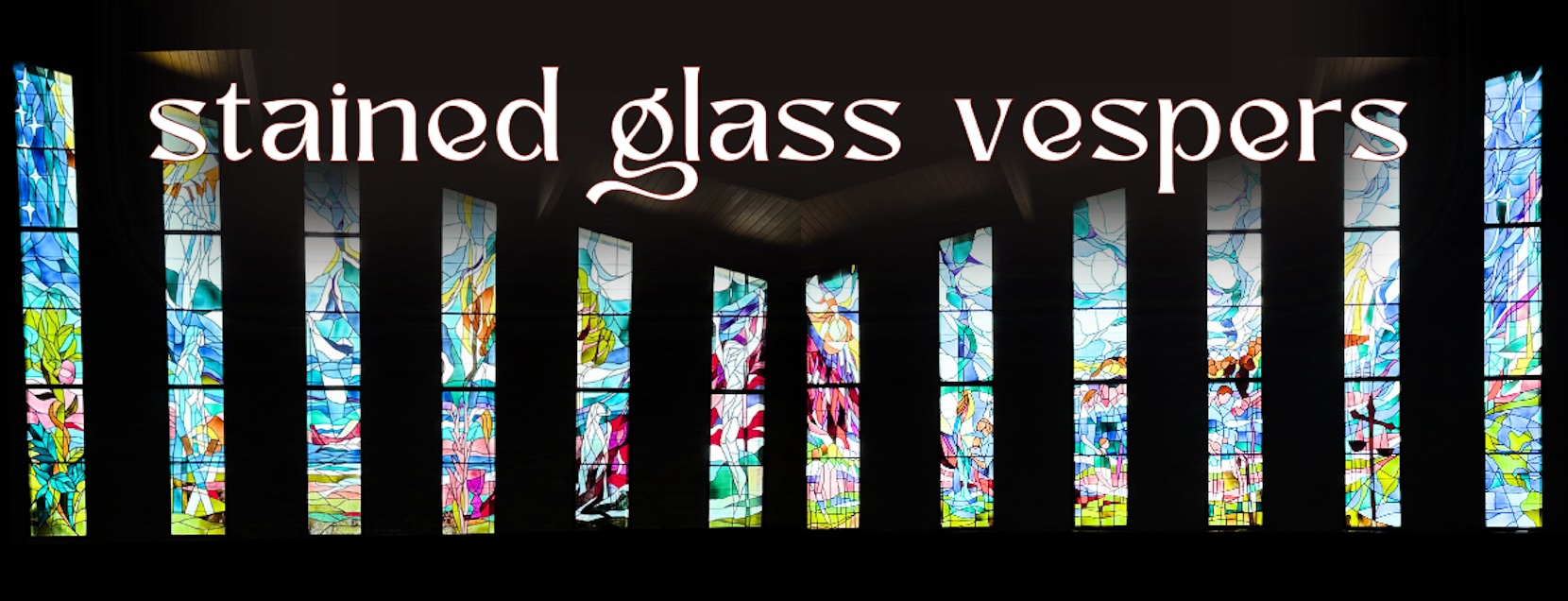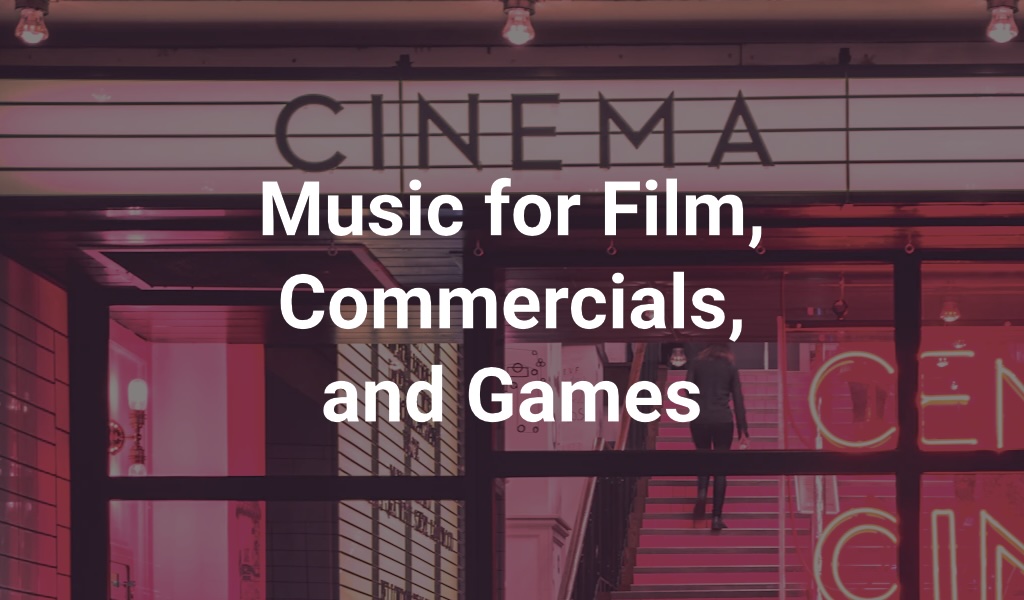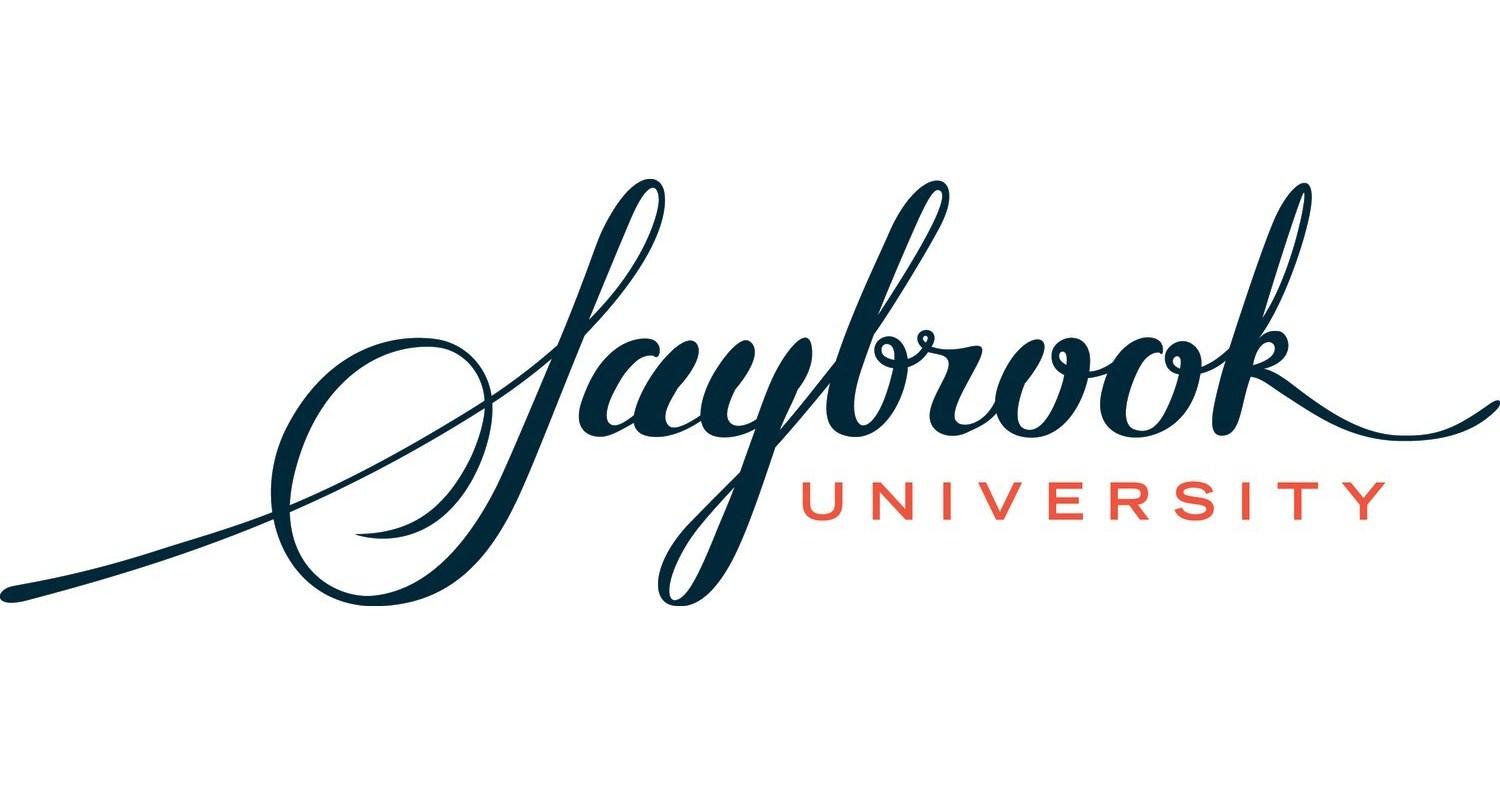Arts Practice Research
Research paper presentation at Arts Practice Research Conference at Texas Tech University. The conference will take place on Texas Tech University campus in Lubbock, Texas on October 12, 2019. The conference will bring together students and teachers, creators and scholars, campus and community, vernacular and cultivated genres, “traditional” and “modern” perspectives—and will investigate and fruitfully complicate the dynamics between all. The 2019 conference theme is Ways Forward in the Transitional 21st Century.
MUSIC AND EMBODIED CREATIVE SPACE
Abstract
Informed by theoretical and empirical research in the cognitive sciences this paper seeks to identify a relationship between musical creativity and embodiment. While focusing on the central hypothesis that exposure to specific musical practices leads to the formation of multimodal creative agency, an argument is made for the emergence of an embodied creative space. The embodiment of musical creativity is defined as a cognitive and performative causality: a relationship between the cause and effect when composing, performing, or listening to music. Expanding on this model, music-making is further considered to be an embodied activity that stems from the causality of these interdependent attributes of creativity: the cognitive actions controlled and sustained by our mind, and the performative interactions mediated by our body and the environment. By exploring the actions and interactions commonly associated with composing and performing music, the author defines the embodied creative musical space as an interactive agency that lives at the threshold of cognition and performativity. In order to support this argument, the author relates images and places from the art of memory to the act of making music, while placing the compositional work of Johann Sebastian Bach in the context of present-day practice of creating music. As a result, the nature of musical creativity as an embodied, lived experience extends the social and collaborative concepts of creativity, as it becomes an interactive creative contingency. Delivered from the perspective of a composer, performer, and music scholar, the paper contributes to the growing interdisciplinary discourse on musical creativity.




